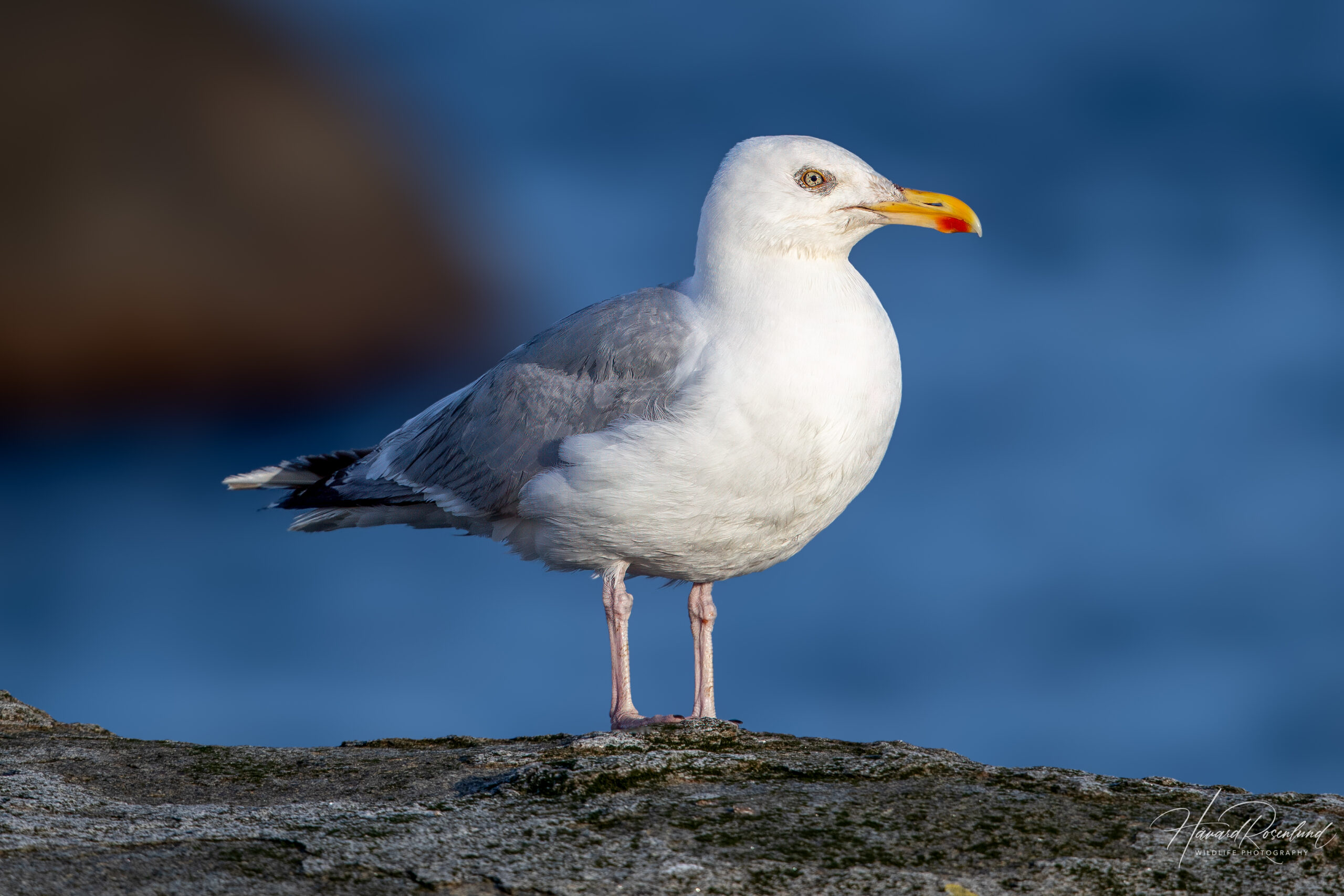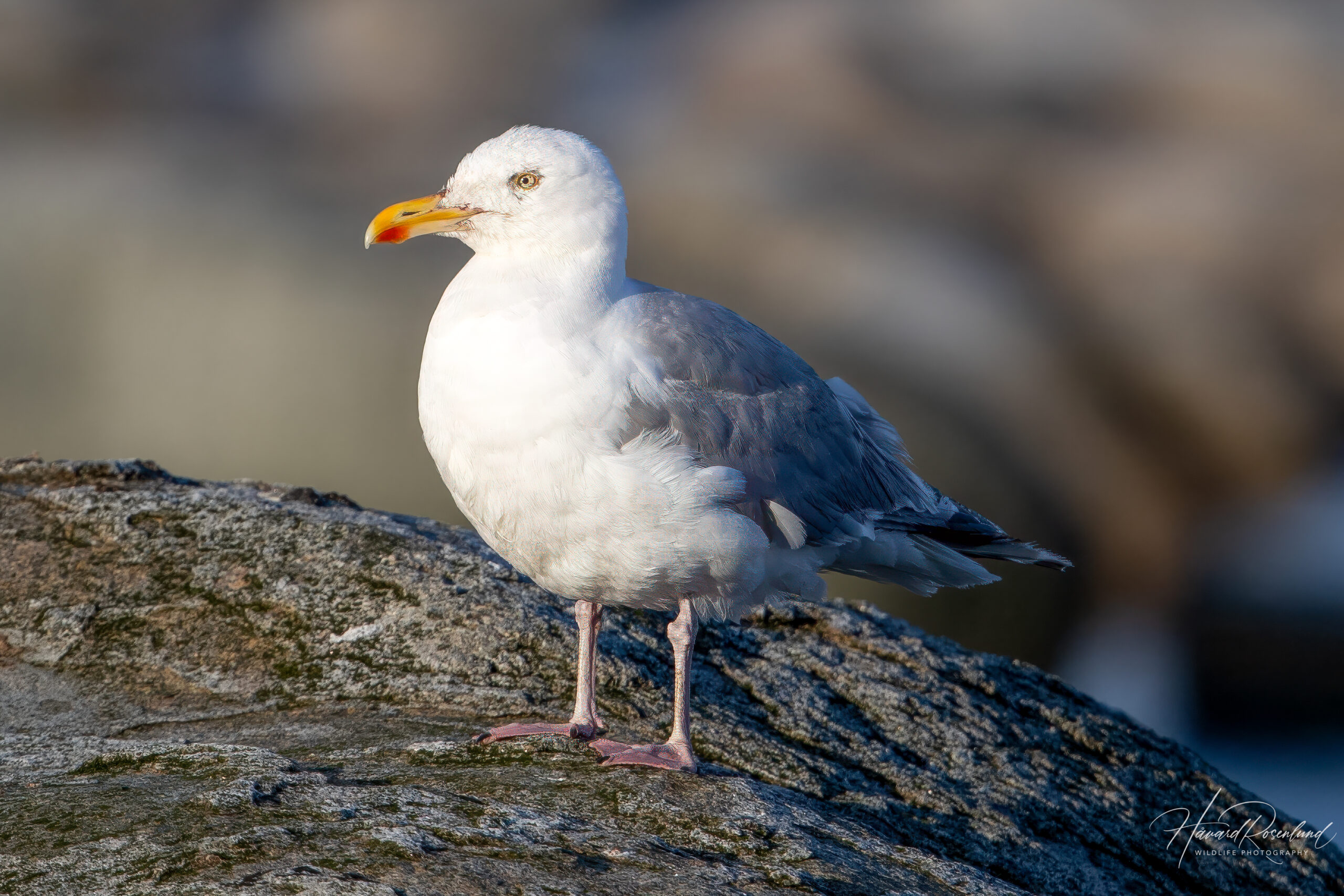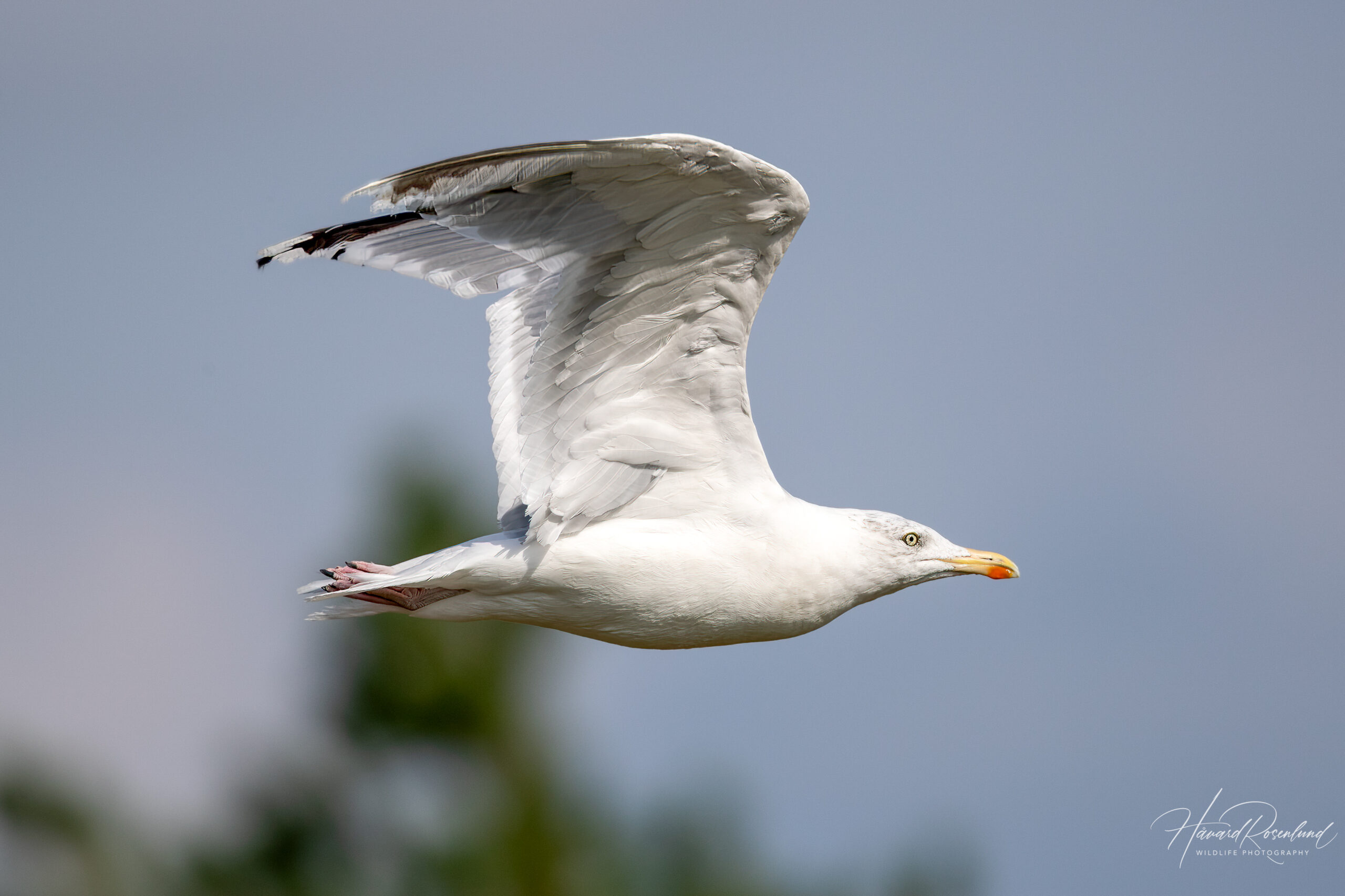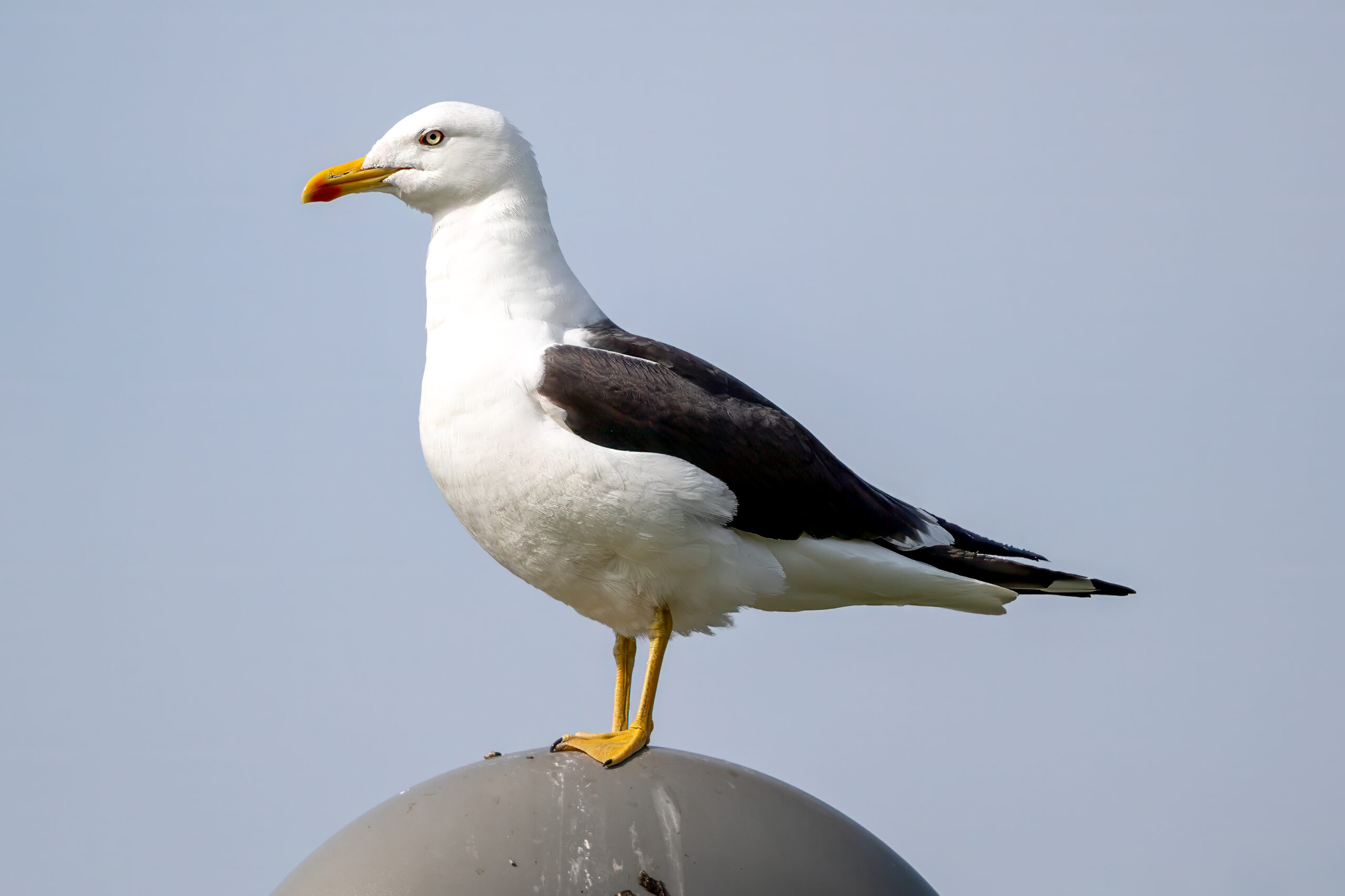Description
The European herring gull (Larus argentatus) is a large and robust species of gull found in Northern and Western Europe. It reaches lengths of 53-68 cm (20.9-26.8 in). Adult gulls are characterized by their light grey back, white underparts, and black wingtips spotted with white. They possess a powerful yellow bill marked with a red spot on the lower mandible, which is instrumental in their feeding behavior. Juvenile birds undergo a series of moults, transitioning from a mottled brown plumage to the adult’s cleaner grey and white over four years.
This species is very similar to its close relative, the American herring gull (Larus smithsonianus), but can be distinguished by slight differences size and in the shading of grey, although these features also varies within each species. The two species were previously considered to be the same species, and are today still treated as subspecies of the same species by many authorities. They are both part of a group of gulls where it has been difficult to conclude if there are multiple species, of if there are fewer species but many subspecies.
Diet & habitat
European herring gulls are typically found in coastal regions, and are often observed in or near urban coastal environments. They are also found inland at lakes or water reservoirs. Their diet is impressively varied, including fish, invertebrates, carrion, and human scrap, showcasing their opportunistic feeding habits. They often exhibit intelligent feeding techniques like using tools to break open hard-shelled prey and following ploughs in fields to catch unearthed worms and insects. Some have even been observed using bread as bait to catch fish.
Migration
European herring gulls are partially migratory. While many populations remain relatively stationary, some travel significant distances from their breeding sites to wintering grounds. These migrations are typically influenced by food availability and climatic conditions, with birds either moving southward or to coastal areas free of ice.
Nesting
The breeding season begins in early spring, where pairs often return to the same nesting sites annually. European herring gulls are monogamous and can form long-lasting pair bonds. They nest in colonies, with nests constructed from seaweed, grass, and feathers on ground sites or cliff ledges. The typical clutch comprises two to three eggs, with an incubation period of about 28 days managed by both parents. Chicks fledge at 35 to 40 days but may remain dependent on their parents for several more weeks.
Status
The European herring gull is currently classified as least concern by the IUCN Red List, though certain populations are experiencing declines due to habitat loss, pollution, and changes in food availability. Conservation efforts focus on habitat preservation and managing human-wildlife conflicts, especially in urban settings.










